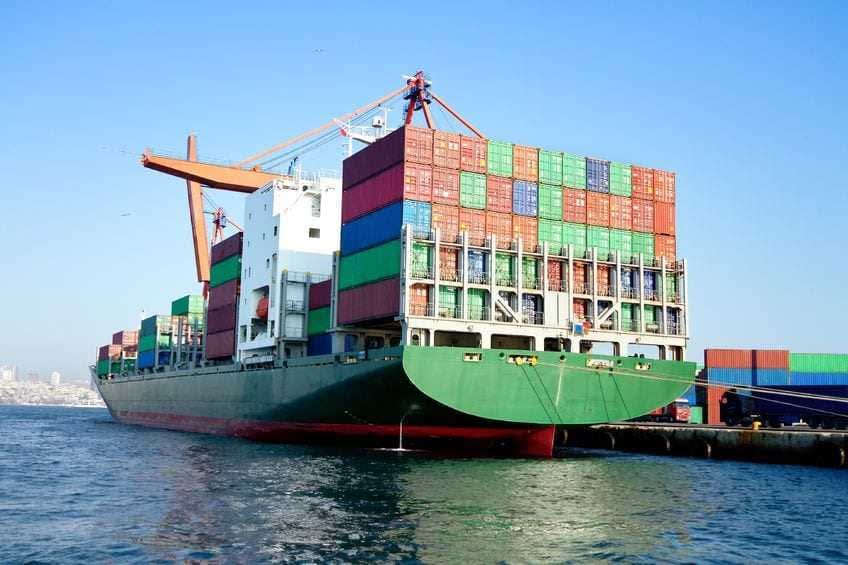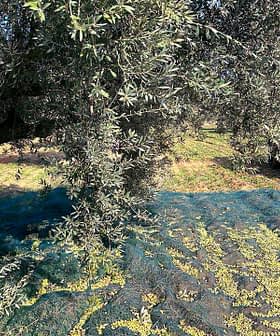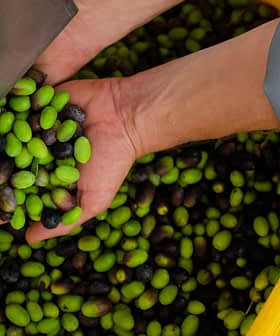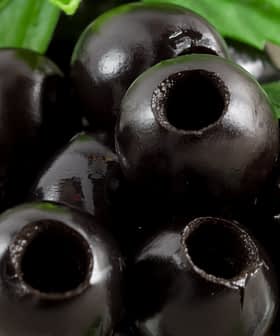
A worrying fall in world trade in olive oil and olive pomace oil continues, the latest market figures shows.
Imports are down in all the key markets beyond Europe, with an 8 percent slide year-on-year in the biggest buyer, the United States, 9 percent in the next main importer, Brazil, 1 percent in Japan, 30 percent in China, 8 percent in Canada, 20 percent in Australia and 8 percent in Russia.
The data, covering October 2013-January 2014 – the first four months of the 2013/14 crop year 2014 – are in the International Olive Council’s (IOC) March market newsletter, which also includes data on the first three months of trade in the European Union, where there’s been a 2 percent drop in intra-EU acquisitions and 10 percent in extra-EU imports compared with the same period the previous season.
The IOC, which said in its previous newsletter that the decline in world imports was “worrisome”, noted that the most recent monthly data, for January, “showed imports by Australia, Japan, the US and Canada have picked up from the level of December 2013, unlike China, Brazil and Russia where they continue downwards.”
Despite the scenario reported by the IOC, the world’s biggest olive oil producer, Spain, says its exports are at an all-time high so far this season.
Ex-mill prices for extra virgin olive oil
- Spain: The IOC also reported producer prices for extra virgin olive oil have shown a downward tendency in Spain in recent months, standing at €2.00/kg by the last week of March, which was a third lower on the same time a year ago. “At first glance, this trend appears to mirror the recovery in the level of Spain’s production but it does not seem to take into account the lower output in Greece and Tunisia,” the IOC said. At the end of March, the price of refined olive oil was about €0.18/kg lower than that for extra virgin olive oil in Spain.
- Italy: After falling until the beginning of December 2013, producer prices in Italy started to rise, reaching €3.27/kg by the end of March, up 2 percent on the same time a year ago. The IOC said this was probably linked to the harvest in Greece, “which will be small and will not put pressure on prices on the Italian market.” It also noted the price difference between extra virgin and refined olive oil – €1.41/kg – is much wider than in Spain.
- Greece: From mid-December to late January, producer prices in Greece held steady at €2.46/kg, later rising to €2.56/kg in late March, a level the IOC said probably, “ties in with the lower level of Greek production for 2013/14.”
- Tunisia: producer prices fell from €2.53/kg in late October to €2.45/kg by end-March, a level 5 percent down on March 2013. While last year the poor harvest in Spain generated higher prices in Tunisia than in 2011/12, this year’s combination of a good harvest in Spain and poor one in Tunisia “probably partly explains the current level of prices in Tunisia, which have moved away from Spanish prices since early January 2014,” the IOC said.
Table olives
In the first four months of the 2013/14 crop year (October 2013 – January 2014), table olive imports rose by 6 percent in the US and 3 percent in Australia but fell 13 percent in Russia, 12 percent in Canada and 10 percent in Brazil.
The EU data for January 2014 was not yet available but that for the first three months of the crop year showed intra-EU acquisitions dropped 8 percent and imports from non-EU countries 3 percent, the IOC said.








